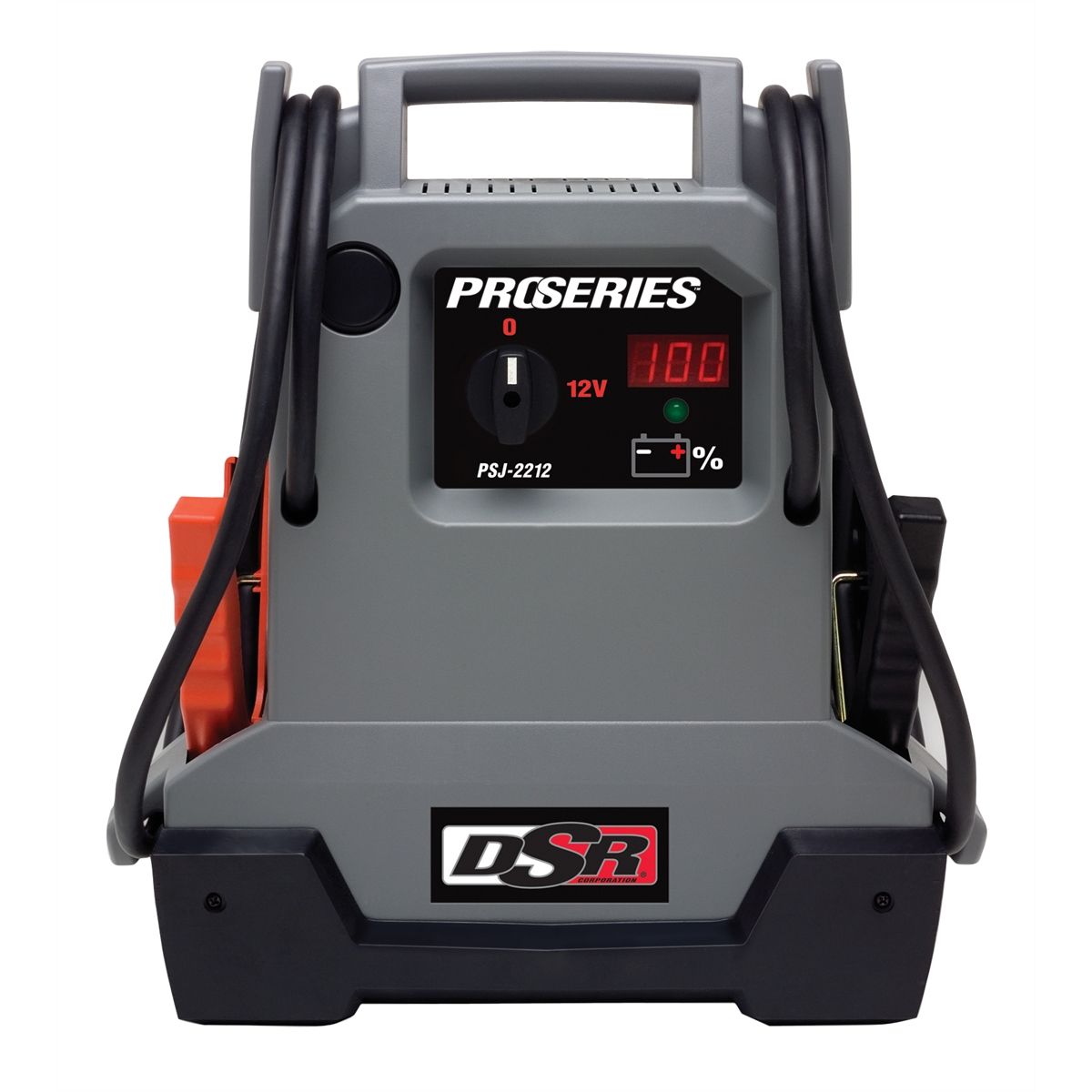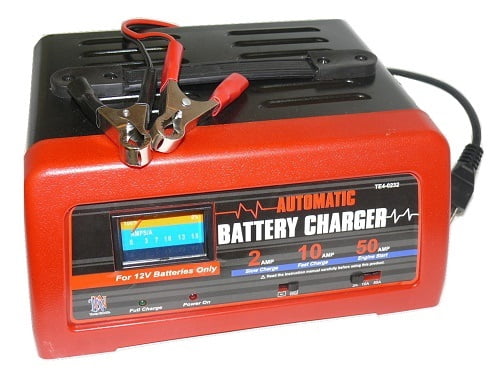

I had about $90 saved and I realized I could buy a single charger for that money and it would be a 30 amp charger, or I could buy two 15amp chargers.Įven though I like redundancies in my life, I bought the 30 amp charger first. I felt great about what I was about to do. Sitting so prominently on the Walmart shelves were various chargers sporting different Amps all from a brand called Schumacher. However, when a certain feature of your product can cause a potentially dangerous environment for everyone around, I am going to mention it. Just know that before I continue it is not my intent to bash a particular company. My first 3 Battery Chargers – All Schumacher brand (Losers!) It seemed the chargers I would purchase over the next month would all attempt to murder or sabotage the two beautiful 60 lb babies I had bought to give me power during a storm. I soon found myself immersed in a frustrating land of possibly-dysfunctional devices, false advertising, and manuals that failed to answer even the simplest questions about the products they came with. Seriously though, how hard could the selection process for a battery charger and maintainer be? With all of them out there, they should have the kinks worked out of them by now, right? It was a charger that “automatically selects charge rate for charging and maintaining” and was “microprocessor controlled.” I felt very confident in my battery research but I fully admit that I hardly did any work when researching the charger that I should buy.

When I got over the stress of buying my first batteries (two GC2 Golf Cart Batteries) I loaded them into the car and headed over to Walmart to buy a charger that I had seen. I’ll cover what chargers I’m currently using, which ones I would avoid, and the end of the article will contain useful lessons I’ve learned to help you no matter what battery or charger you decide to go with. I’m going to touch on my experiences with buying and using different brands of chargers and hopefully save you some trouble. In my case, I have two GC2 (6-volt golf cart) batteries hooked in series for a 12-volt system and 215 amp hours. This article will cover my experiences when buying a smart charger for a small DIY battery bank, but it is applicable to any 12-volt application. There are some caveats to this rule, and concerns to be aware of, but it serves as a baseline. If you have a 100AH marine battery, you will look for a 10 amp charger. That is, you will seek a smart charger who’s amp rating is 10% of the total amp hours of your entire battery backup system. Ideally, when selecting a charger for your battery bank, it is a good rule of thumb to follow the 10% Rule.

If you’re not careful, simply buying a charger, hooking it up and walking away can mean murder for your batteries and cause a serious safety hazard to your house and everyone in it. I didn’t realize how draining (no pun intended) finding a functioning, consistent, safe, and reliable device would be. I have been through the ringer when it comes to getting a proper charger. Initially, buying the right battery seemed like the hardest part. Once you get over the stress of buying the correct 12-volt battery for your needs, you will quickly find that you might encounter even more stress when it comes to picking the best 12-volt smart charger and maintainer as well.


 0 kommentar(er)
0 kommentar(er)
